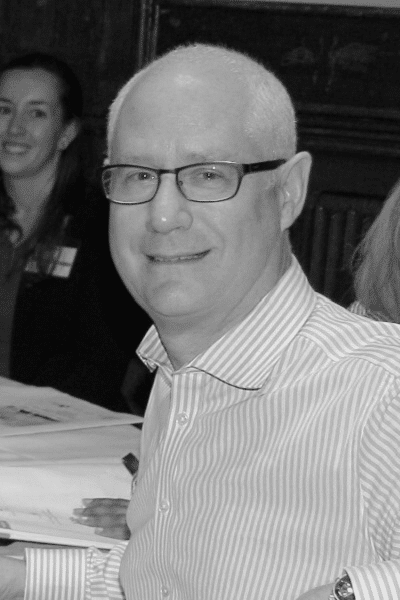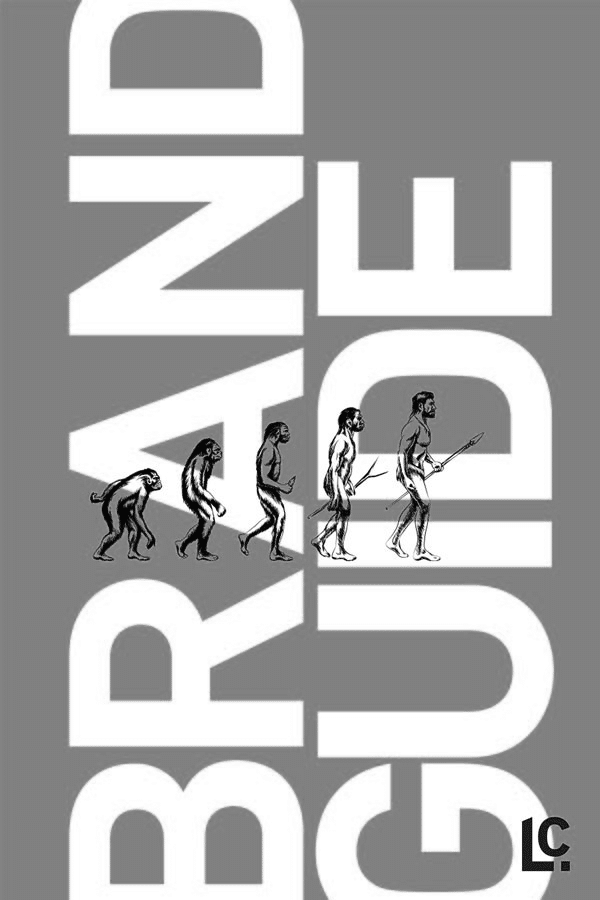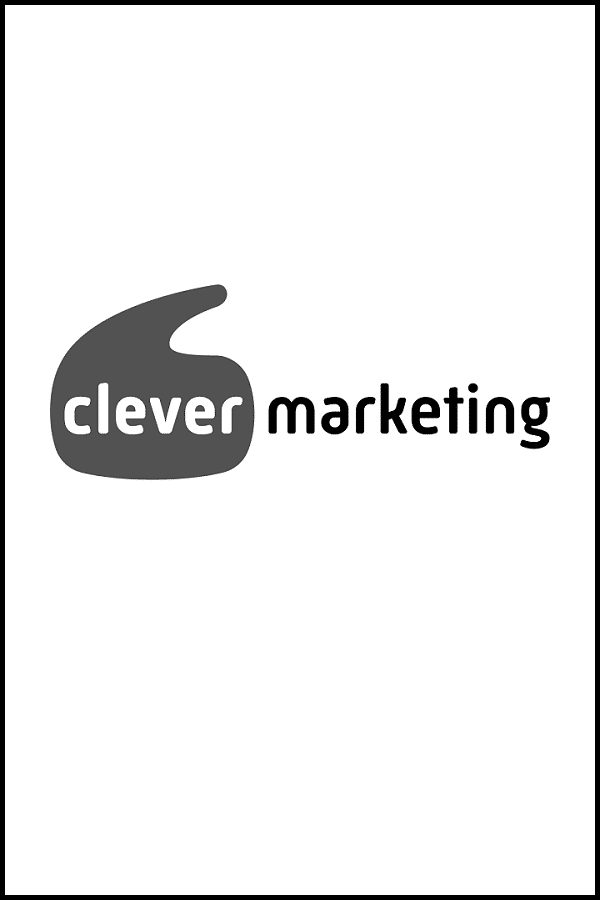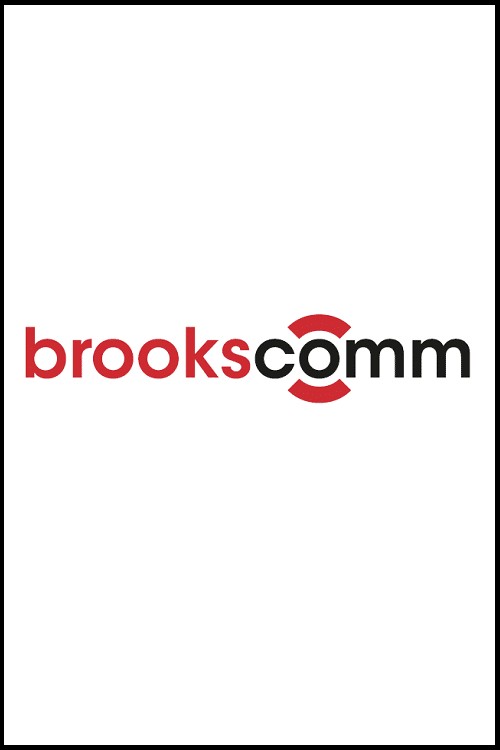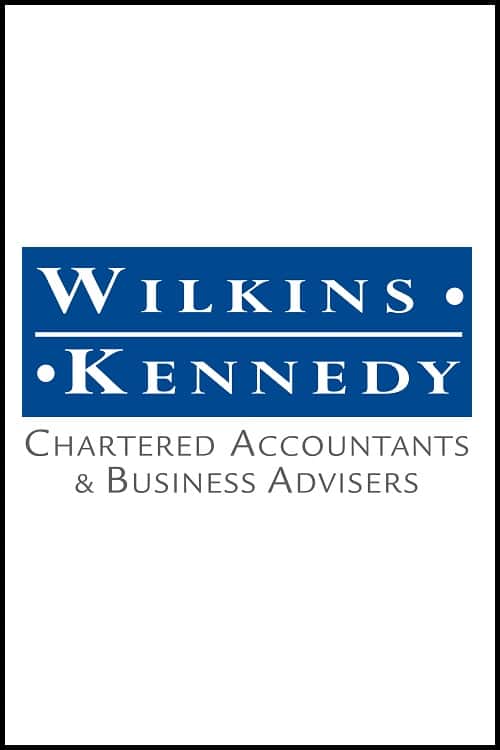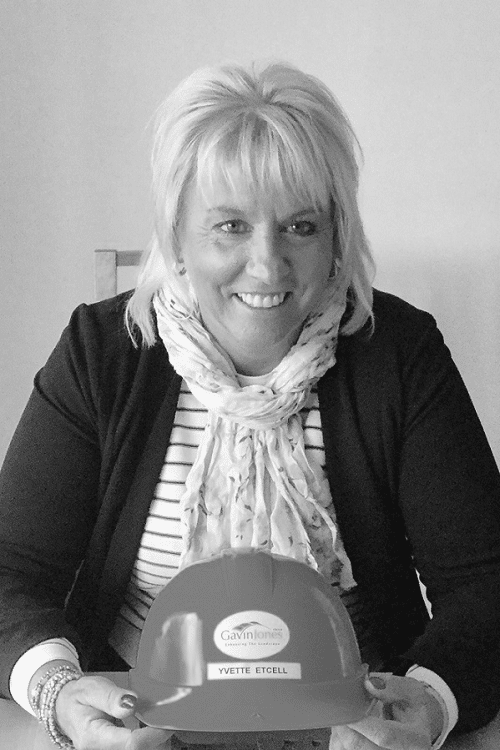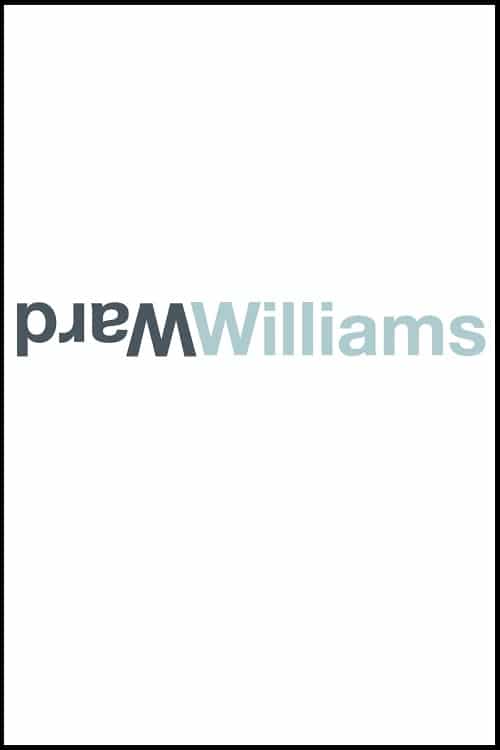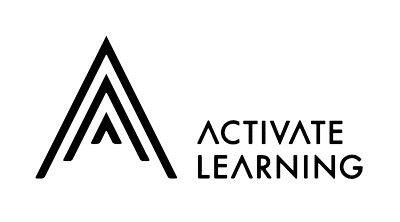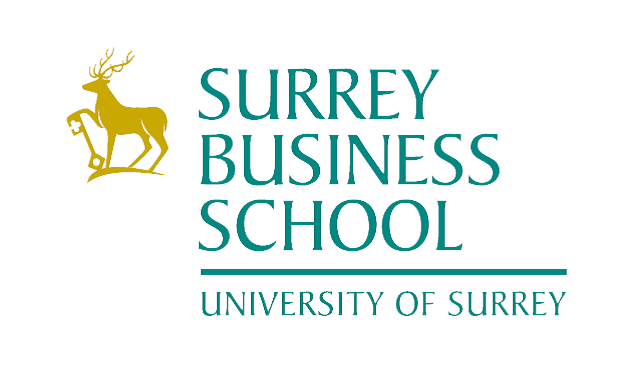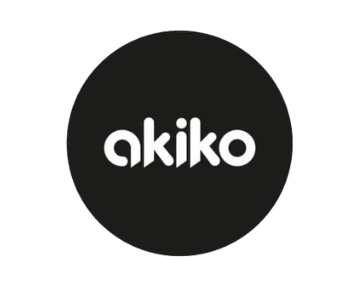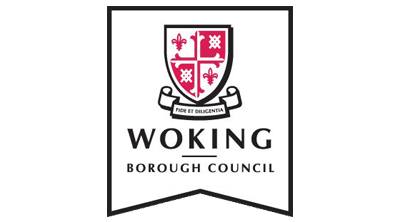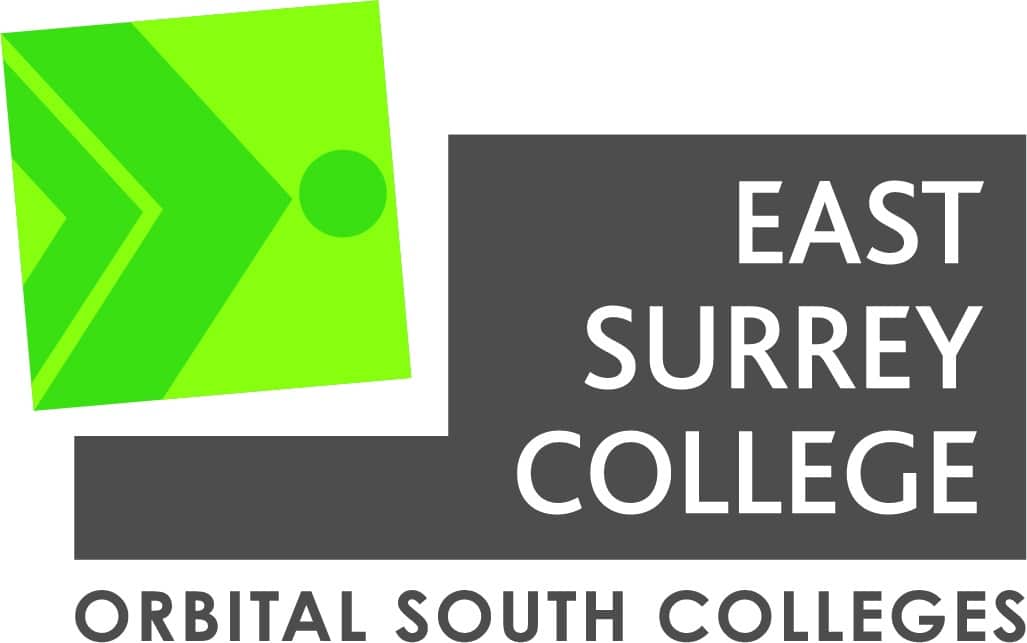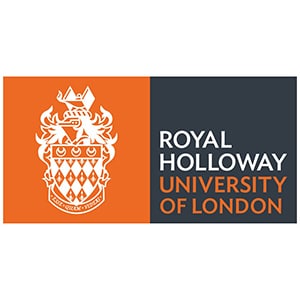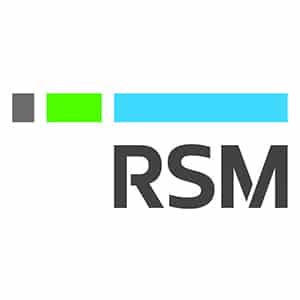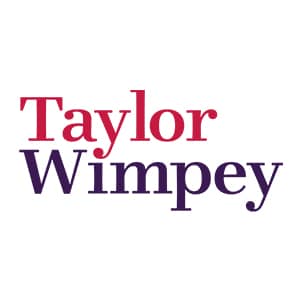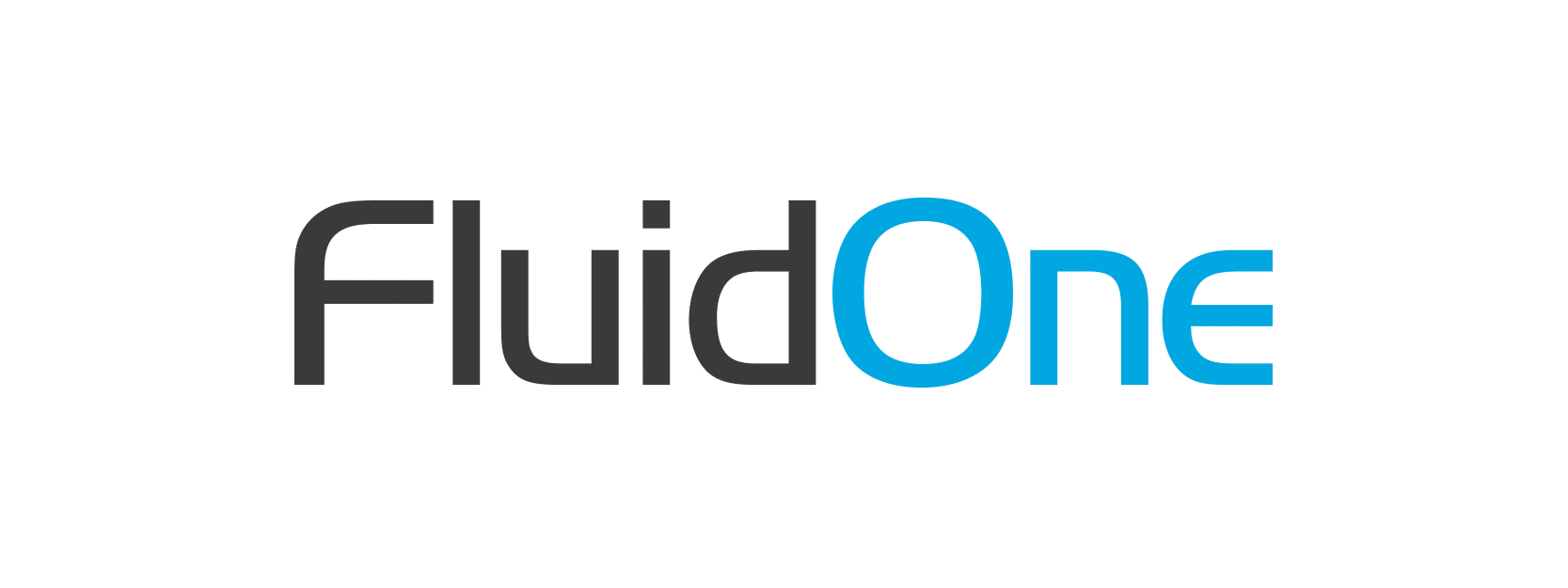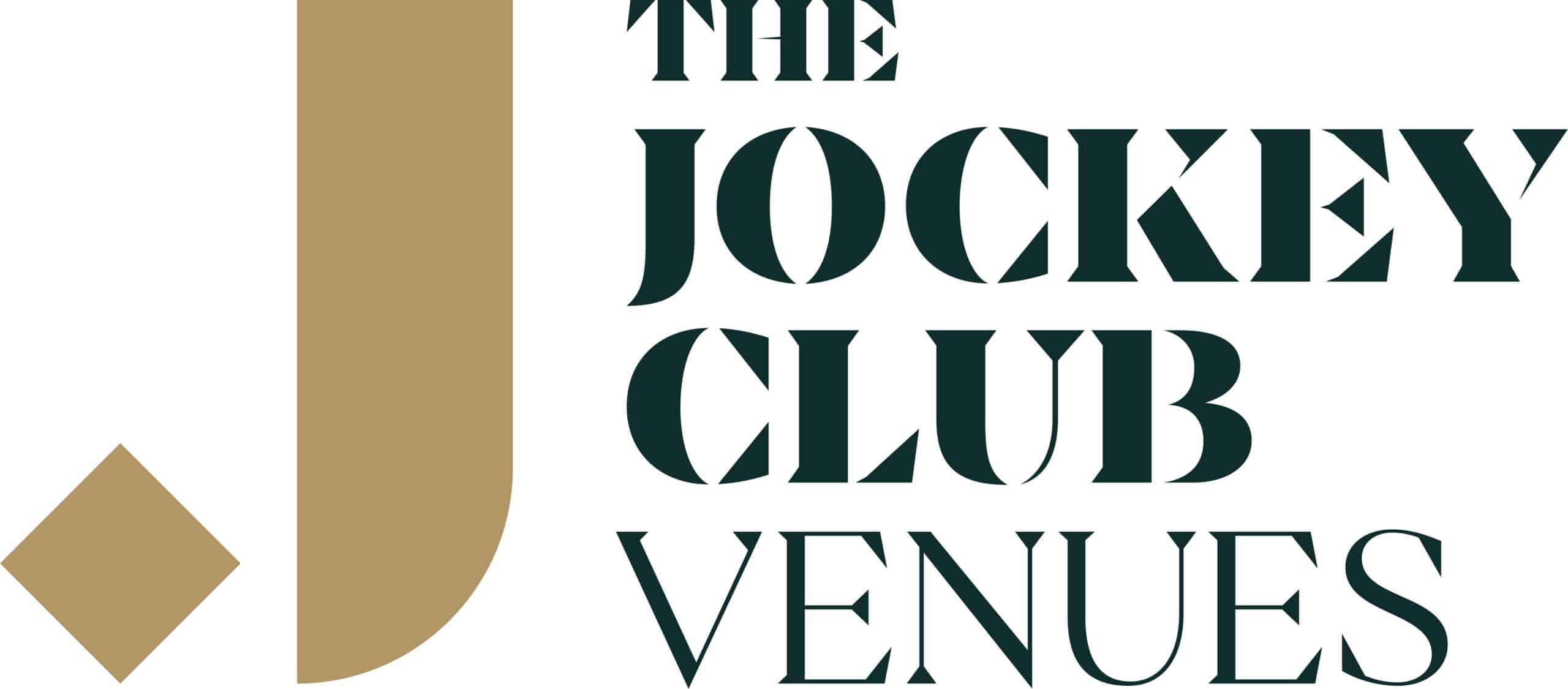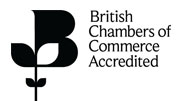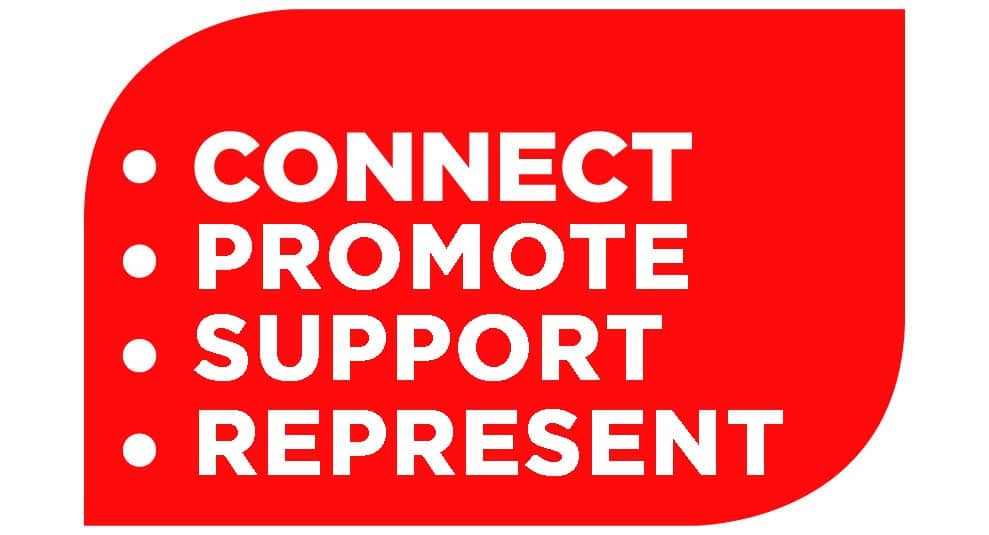The importance of an ‘employee voice’ in an era of rapid commercial change
22nd April 2021

In the summer of 2020, McKinsey consultants performed a survey of around 900 executives
representing different global regions, industries, sectors and company sizes.
The aim of the survey was to understand how much the use of digitisation had accelerated
within their internal operations, their supply chain interactions, and their customer interface
since the onset of the COVID pandemic.
The results were astounding. They discovered there had been a quantum leap of up to 4 years
of change in only 4 months.
The increased speed in the adoption of fully/partly digitised products and services was also
surprising. Globally it had accelerated by 7 years. Within the Asia Pacific region alone, it had
sped up by 10 years.
Further analysis with respondents revealed that companies acted 20 to 25 times faster than
would have been anticipated.
Much of this change occurred due to a change in mindset about technology
investment. Now, due to the pandemic, this bottleneck has been removed. There is a general
feeling that the pace of change is not likely to slow down. There is also a clear indication that
leaders see an opportunity to lead in a more positive and impactful way to get the best out of
their teams.
So how is this done?
Creating the very best in effective teams
Google research about teams discovered that it is not WHO is on your team, but HOW THE
TEAM WORKED TOGETHER. The most important factor was the creation of an operating
environment with ‘Psychological Safety’ at its heart.
Psychological Safety is defined by Harvard Behavioural Scientist Amy Edmondson as “a
shared belief held by members of a team that the team is safe for interpersonal risk
taking”.
Creating this belief removes the fear that the team or its leader will embarrass or punish
someone who admits a mistake, asks a question or offers a new idea. Anyone speaking out
will not be seen as ignorant, incompetent, negative or disruptive by their peers. They will be
encouraged and recognised for bringing a positive contribution to the team’s overall
effectiveness.
Creating this type of environment starts at the top. There are three main principles:
• An overt recognition that a different operating framework is required when you’re
innovating and pioneering: “We’ve never been here before. We need everyone’s brain
and voice”.
• willingness to display YOUR vulnerability and fallibility: “Sorry, I missed that. Could
you run this past me again?”
• Fostering curiosity by asking questions of your team and encouraging your team to
ask questions of you and your organisation.
At a time when companies need to work quickly there’s a need to streamline decisions and
processes. Move away from hierarchies and bureaucracies that hold individuals back. Much
of this is centred on:
• employees being given more responsibility for execution, action and collaboration
• flattening the management structure so there are more do-ers and deciders and fewer
middle managers
• create small, focused, cross-functional teams which are fast and agile in their delivery
of SMART objectives.
This requires brave leadership.
How might I need to change to be a brave leader?
Professor Brene Brown, in her book Dare to Lead, describes what it means to have
no courage in leadership. Many people will identify themselves or colleagues in her
description, which says they:
• avoid tough conversations
• manage peoples’ behaviour, but not why they act
• have little trust in the team
• fail to take appropriate risks
• remain SO committed to perfection that there’s little room for growth or learning
• shame and blame those who are perceived to have a different viewpoint.
If you can acknowledge and alter any of these traits in your organisation the immediate
payoff is an environment which enables what is termed “the employee voice”.
What is the employee voice?
It’s important to encourage employees to regularly talk to their managers about issues which
are organisationally important, as well as those relating to their specific jobs.
These discussions may be about key issues such as:
• team culture
• company strategy
• diversity
• ethos
• work-life balance.
Of course, employees must not only speak out but be heard.
The payoff is an uplift in employee connection to the organisation, and of their
consequential loyalty to the company. This is hugely important when highly talented
employees are key to the organisation’s future in an era of rapid commercial change.
Rapid change is often difficult to implement from inside the organisation. An outside report
or viewpoint can be used as a catalyst to encourage the required changes in behaviour.
For further discussion about employee voice, brave leadership, or alternative
change-management techniques please get in touch.
The results could be remarkable.
Sources:
https://www.mckinsey.com/business-functions/organization/our-insights/ready-set-goreinventing-the-organization-for-speed-in-the-post-covid-19-era
https://www.mckinsey.com/business-functions/strategy-and-corporate-finance/ourinsights/how-covid-19-has-pushed-companies-over-the-technology-tipping-point-andtransformed-business-forever







